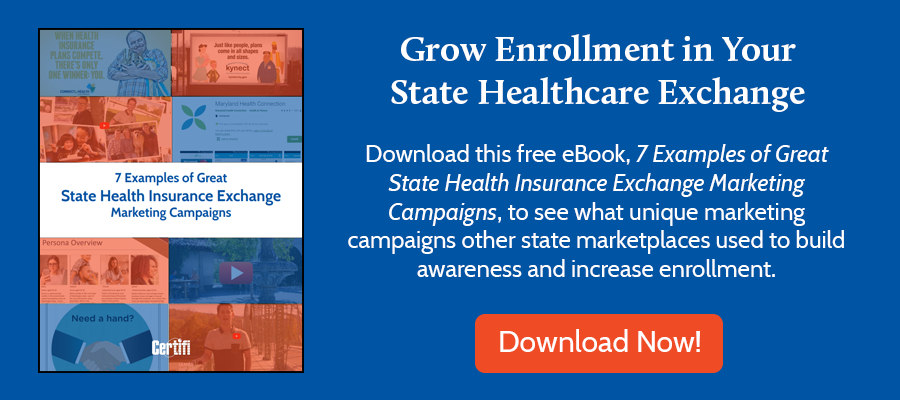In the Super Mario Bros. video game, a celebrated glitch enables a player to enter a world that endlessly repeats. Dubbed the Minus World, players either eventually die or the level times out.
In the real world, glitches are less celebrated. The Affordable Care Act (ACA) created one such glitch, the so-called ACA Family Glitch. The glitch essentially eliminates the subsidy available to a family if the ACA considers an employee’s self-only employment coverage affordable, regardless of the affordability of the family coverage. And because the ACA requires employers to provide affordable individual coverage — but not necessarily affordable family coverage — many employers pay a smaller percentage of family plan premiums. As a result, employees on average pay just over 16% of the cost for an individual health plan while paying more than 26% for a family health plan, according to 2020 data from KFF.
ACA Marketplaces, Subsidies, and the Family Plans
The ACA created marketplaces where consumers could go shopping for health insurance. To make plans affordable for those making less than 400% of the federal poverty level (FPL), the government subsidizes the plans. However, individuals whose employers offer affordable coverage are not eligible for subsidies. In 2020, the ACA considered a plan affordable if the premiums cost no more than 9.5% of annual household income. That’s changed for 2021 with the passing of the American Rescue Plan Act — more on that later.
Unfortunately, the definition of affordable only includes the cost of insurance to cover just an individual, not a family. As a result, employers offer millions of Americans “affordable” individual health plans. But those employers’ family plans wouldn’t be considered affordable if based on family plan premiums and income. For some families, that means foregoing insurance. For others, it means buying unsubsidized plans in the ACA marketplace.
Who Does the Family Glitch Affect?
According to KFF’s analysis based on 2019 data, about 5.1 million Americans are affected by the family glitch. Of those, about 85% rely on employer-sponsored insurance coverage. Roughly 6% buy unsubsidized health insurance from a federal or state insurance marketplace. The remaining 9% – about 450,000 people — are uninsured. More than half of those affected by the family glitch are children. About 59% of affected adults are female. Three states — California, Texas, and Florida — account for about 34% of those impacted by the glitch.
For those who choose to purchase family health insurance, a study from 2016 published in Health Affairs estimated that they pay as much as 15% of their income on health insurance premiums.
Does the American Rescue Plan Act fix the glitch?
The American Recovery Act did increase subsidy amounts by ensuring that no one pays more than 8.5% of their household income towards the cost of a benchmark plan. This applies to individuals with incomes less than 400% of the FPL. It also applies to those with incomes greater than 400% of the FPL. These subsidies are in effect in 2021 and 2022.
However, this does nothing to change the ACA family glitch. Though subsidies are higher and more available, the underlying determination of the affordability of an employer plan remains unchanged.
How can Congress Fix the Family Glitch?
There have been numerous efforts to fix the family glitch, starting as early as 2014 when a bill introduced by Minnesota Senator Al Franken failed to gain traction. In Franken’s bill, and a subsequent House bill that passed in 2020, Internal Revenue Service code was amended to include employees and family members if their employer doesn’t offer affordable family plans.
Another option is to remove the barrier that prohibits employees with an offer of health insurance from gaining coverage through a marketplace plan.
How Much Would it Cost to Fix the ACA Family Glitch?
According to a recent Congressional Budget Office (CBO) analysis, it would cost just over $45 billion over ten years to fix the family glitch. This may be one of the reasons the family glitch exists in the first place. Commenters — including the AFL-CIO — pointed out the family glitch in their comments about the rule that created it. But the IRS did nothing to modify the final rule to change the definition of affordable coverage.
As a result, we are where we are today. Millions of working families pay for relatively expensive insurance or forego it altogether.
Certifi helps private and public health insurance exchanges improve enrollment and build a better member experience with health insurance exchange consolidated billing and payment solutions.



